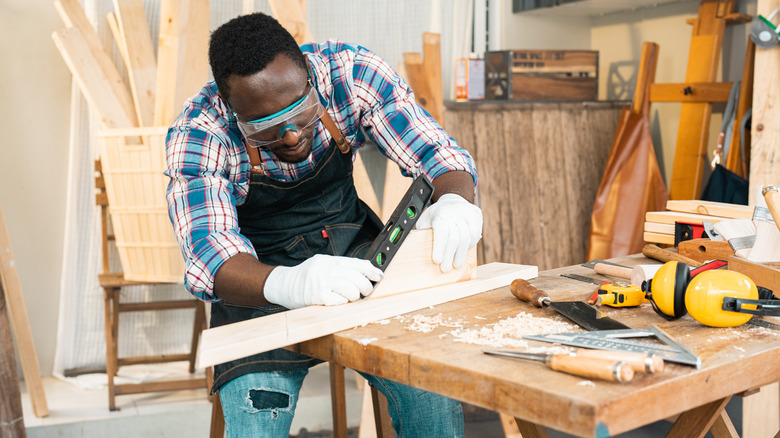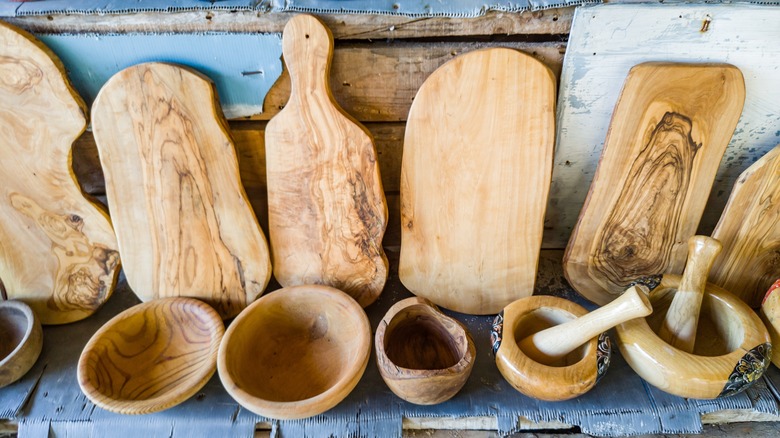Where (And When) Did Woodworking Originate?
When we talk about the origin of man, the term "stone age" gets thrown around a lot. Thanks to "The Flintstones" and other media set in this time period, we naturally assume everything was made of rock. The truth is that woodworking was just as vital to mankind's way of life as stone was. Same goes for the future Bronze Age and Iron Age. New discoveries at Kalambo Falls in Zambia only provide further proof of this: The earliest wooden structures date back to central Africa over 400,000 years ago.
These aren't just random twigs stacked Lincoln Logs-style, either. They're intentionally shaped and joined pieces with visible tool marks from wedges and digging sticks. Preserved in the waterlogged soil of Kalambo Falls, these wooden artifacts pre-date Homo sapiens and have miraculously remained intact for all this time. It doesn't get any more definitive than this: As far as we know it, woodworking started in Zambia some 476,000 years back.
Woodworking across early civilizations
Though it's not where or when woodworking began, Ancient Egypt was one of the first instances where the trade was refined into an art form. Egyptians built beds, tables, chests, and even sarcophagi from wood, both native and imported, using special tools like pull saws, chisels, and bow drills. History suggests they even applied finishes to preserve their creations.
Chinese civilization followed a similar path. Here, woodworking dates back to bamboo structures and carved wooden figures from the Neolithic period. This region introduced essential tools such as planes and chalk lines to the trade as well as the act of creating manuals to outline dimensions and construction techniques for furniture and other household objects.
Roman woodworkers advanced the craft even further, bringing chisels, dovetail joints, saws, and hammers into the field. They may have even invented the lathe, which any woodworker knows as an essential turning tool still in use today. Just look at the Shopsmith Mark 7, for example.
How woodworking continued to evolve past the Stone Age
From the newly discovered artifacts from Kalambo Falls to the widely known history of Roman and Egyptian furniture, the motivation behind ancient woodworking is the same all over the planet: using materials found in nature to serve human needs. Whether it's the earliest stone tools, structures, or decorative art, early humans used wood for all sorts of needs because it was strong, workable, and abundant. While stone survives better over millennia, wood was likely just as essential in the day-to-day lives of prehistoric people, if not more so ... After all, who wants to sit on stone furniture?
Centuries later, woodworking and the closely related carpentry persisted throughout the Bronze Age and Iron Age. Bronze tools helped woodworkers get even more precise with the material, using it to make weapons, wheels, and carts. The Iron Age brought even more durable tools like metal saws, axes, and hammers, all of which changed the way humans cut and built with wood. These innovations helped set the stage for improved agriculture, transportation, and architecture ... and even civilization itself.


